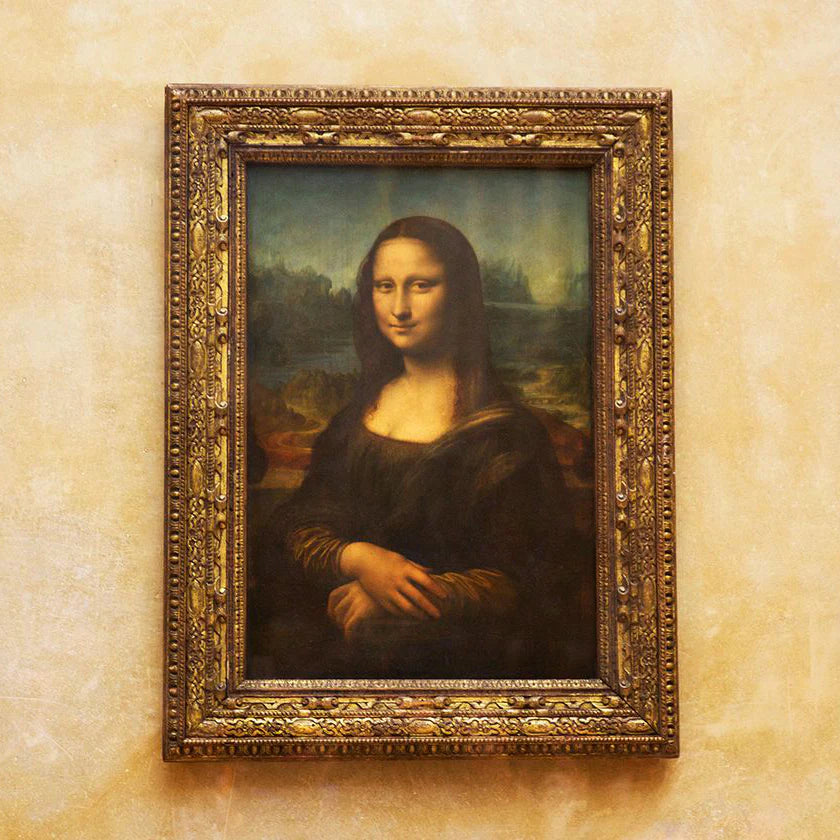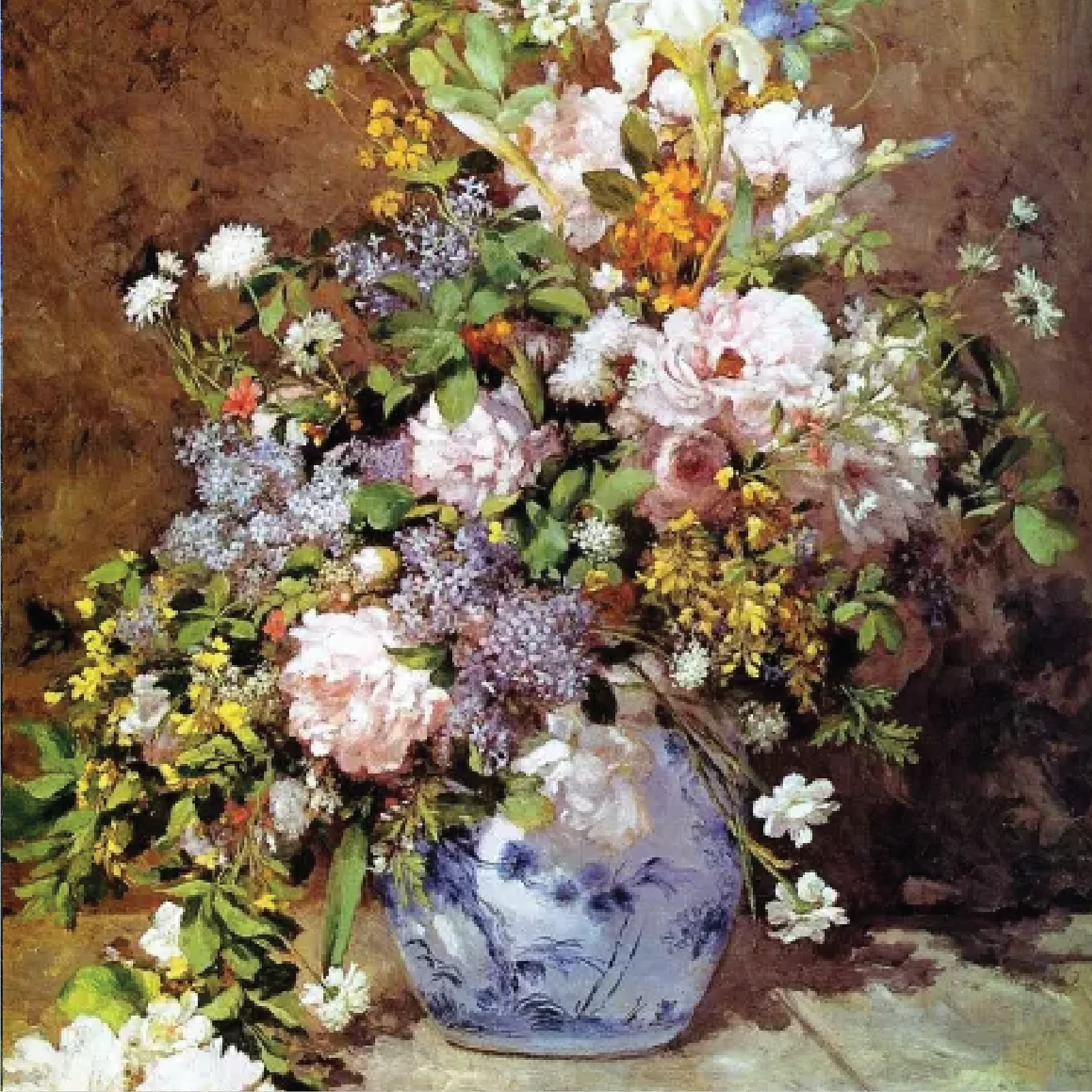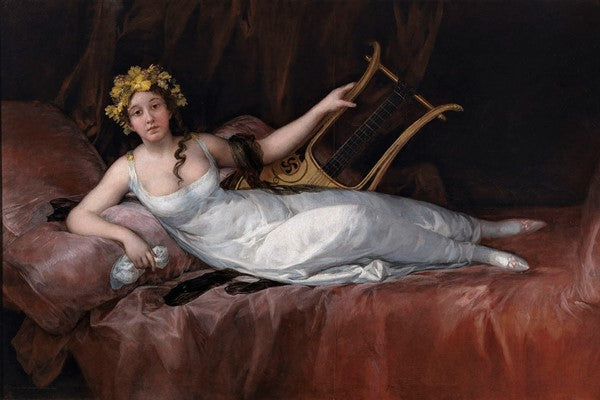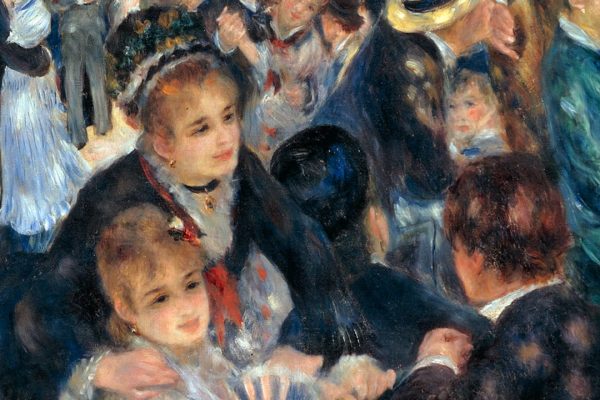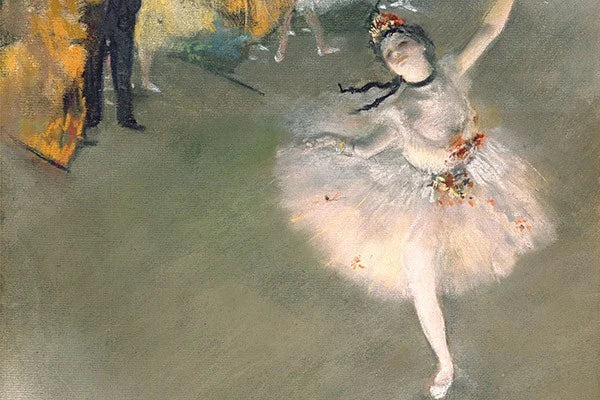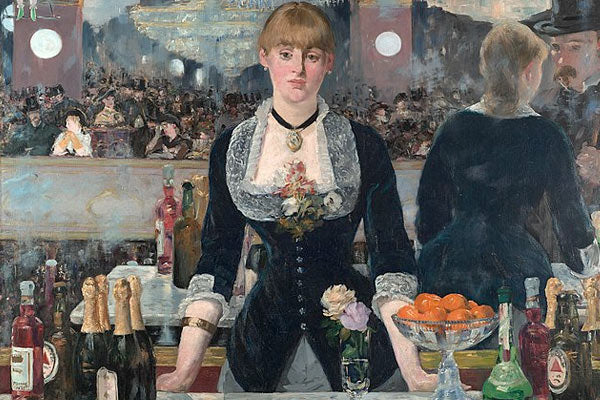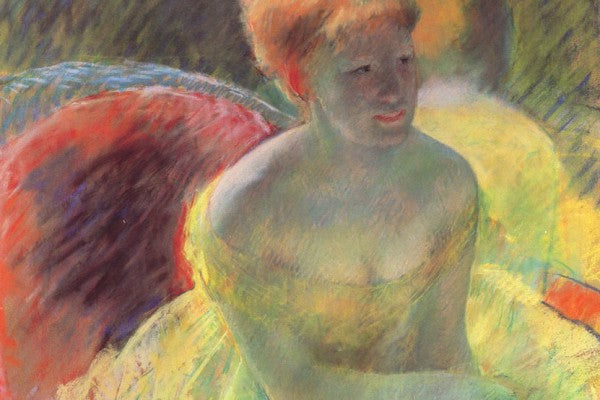Art museums are often seen as guardians of history and culture, housing some of the world's most famous and valuable works of art. But do they always display the real thing? The truth is, many museums use replicas for various reasons, including preservation, education, and accessibility. While some visitors may assume that every artwork in a museum is an original, the use of replicas is more common than many realize. Art&See provide top quality oil reproduction paintings.
Why Do Museums Use Replicas?
Museums have a responsibility to protect their collections while also making works of art accessible to the public. Exhibiting replicas allows them to strike a balance between these two priorities. Here are some of the most common reasons why museums may use replicas:


1. Protecting Fragile Originals
Many original artworks are too delicate to be displayed permanently. Light, humidity, and temperature fluctuations can damage paintings, sculptures, and works on paper over time. For example, the National Gallery of Art and the Louvre often rotate their collections to prevent wear and tear. Plaster casts, bronze casts, and prints are sometimes used in place of original artifacts to minimize the risk of damage.
2. Preventing Theft and Vandalism
Some pieces of art are too valuable—or too tempting—to be left unprotected. High-profile museums like the Detroit Institute of Arts and the National Museum often display replicas of their most famous works to deter theft. In some cases, dupes are protection—a safeguard against vandals or even accidental damage from visitors.
A perfect example is the Mona Lisa, which is protected behind bulletproof glass at the Louvre. If a museum were to loan it for a traveling exhibition, it would most likely be a replica rather than the real thing.
3. Allowing Hands-On Interaction
Many museums, especially science and natural history museums, create hands-on exhibits where visitors can touch and interact with art objects. This approach helps make art more engaging and accessible to the public. Plaster casts of ancient sculptures, for example, allow visitors to appreciate the details of Rodin sculptures or the Parthenon marbles up close.
4. Providing Access to Traveling Exhibits
Some museums cannot afford to acquire or borrow certain original works, so they opt to use replicas instead. Traveling exhibitions often feature exhibiting replicas of famous artifacts, allowing museums to share cultural treasures with a wider audience. For example, many exhibits featuring Rodin’s sculptures are actually bronze casts made after the artist’s death.
Are Museum Replicas Considered Fake?
This is where things get tricky. Some people believe that display replicas in museums are misleading, while others argue that they serve an important educational purpose. The key issue here is authenticity—how closely does a replica match the original artifact? See the painting “Girl with the red hat by Johannes Vermeer”.

1. The Difference Between Replicas and Forgeries
A replica is an authorized copy made for legitimate purposes, while a forgery is a deceptive fake intended to mislead buyers or institutions. Museums typically ensure full disclosure when using reproductions in exhibits. However, the use of replicas without clear labeling can sometimes lead to confusion.
2. Disclosure and Museum Ethics
Most reputable museums, including the National Gallery of Art and the Memorial Museum, follow ethical guidelines when displaying art produced as a reproduction. A disclaimer is usually provided to inform visitors that the artwork they’re viewing is not the real thing. For instance, if an exhibit features Rodin sculptures that were cast posthumously, museums should make that information known.
3. Replicas as Artworks in Their Own Right
Some replicas in museums are so well-made that they become works of art themselves. For example, Degas’ Little Dancer exists in multiple versions, including plaster cast and bronze cast copies that were authorized by his estate. Similarly, traditional woodblock and lithograph prints are considered authentic forms of fine arts, even when they’re not unique.
Famous Museum Replicas
Several world-renowned museums have embraced the use of replicas in their exhibits. Here are a few notable examples:
1. The Louvre – Mona Lisa
Arguably the most famous painting in the world, the Mona Lisa is heavily guarded, and some experts believe that a replica is occasionally displayed while the original painting undergoes conservation.
2. The National Gallery of Art – Casts and Copies
The National Gallery of Art in Washington, D.C., has a collection of plaster casts of classical sculptures, allowing visitors to experience ancient sculpture without risking damage to original artworks.
3. The Detroit Institute of Arts – Rodin Sculptures
The museum’s collection includes bronze casts of Rodin’s works, some of which were made long after the artist’s death. This raises ethical questions about whether they should be considered original works.
4. Natural History Museums – Fossils and Specimens
Many natural history museums display fossils that are actually casts of the original artifact. The Smithsonian Institution, for example, uses replicas to allow visitors to touch dinosaur bones while preserving the original fossils in controlled environments.
Should Museums Prioritize Originals Over Replicas?
While museums strive to display original artifacts whenever possible, there are several reasons why exhibiting replicas can be beneficial:
-
Preservation: Some artworks and pieces of art are too fragile to be exposed to light and air for long periods.
-
Security: High-value artworks like Monet’s paintings or Rodin sculptures require extreme protection.
-
Accessibility: Art museums want to make art available to as many people as possible, even if that means using art prints or reproductions.
However, some argue that museums may be misleading visitors if they don't clearly state when a piece of art is a replica. Former directors of major institutions have emphasized the need for carefully controlled practices when deciding whether to use replicas in museums.
ART&See: Bringing Museum-Quality Replicas to You
If you love museum-quality art but can’t afford the original painting, ART&See offers the next best thing. We specialize in oil-painted reproductions of famous art, bringing the charm and depth of original artworks into your home. Whether you’re looking for art prints of famous paintings, replicas of Monet’s masterpieces, or even nature-inspired art prints, we provide the highest quality reproduction available. Want stunning art for your space? Choose ART&See for beautifully hand-painted replicas that capture the essence of fine arts.
Conclusion
So, do art museums use replicas? Absolutely. The use of replicas in museums is a gray area, but in many cases, it is a necessary practice to protect works of art, educate the public, and make pieces of art more accessible. Whether it’s a plaster cast, a bronze sculpture, or a carefully crafted reproduction, display replicas play a crucial role in preserving art for future generations.
